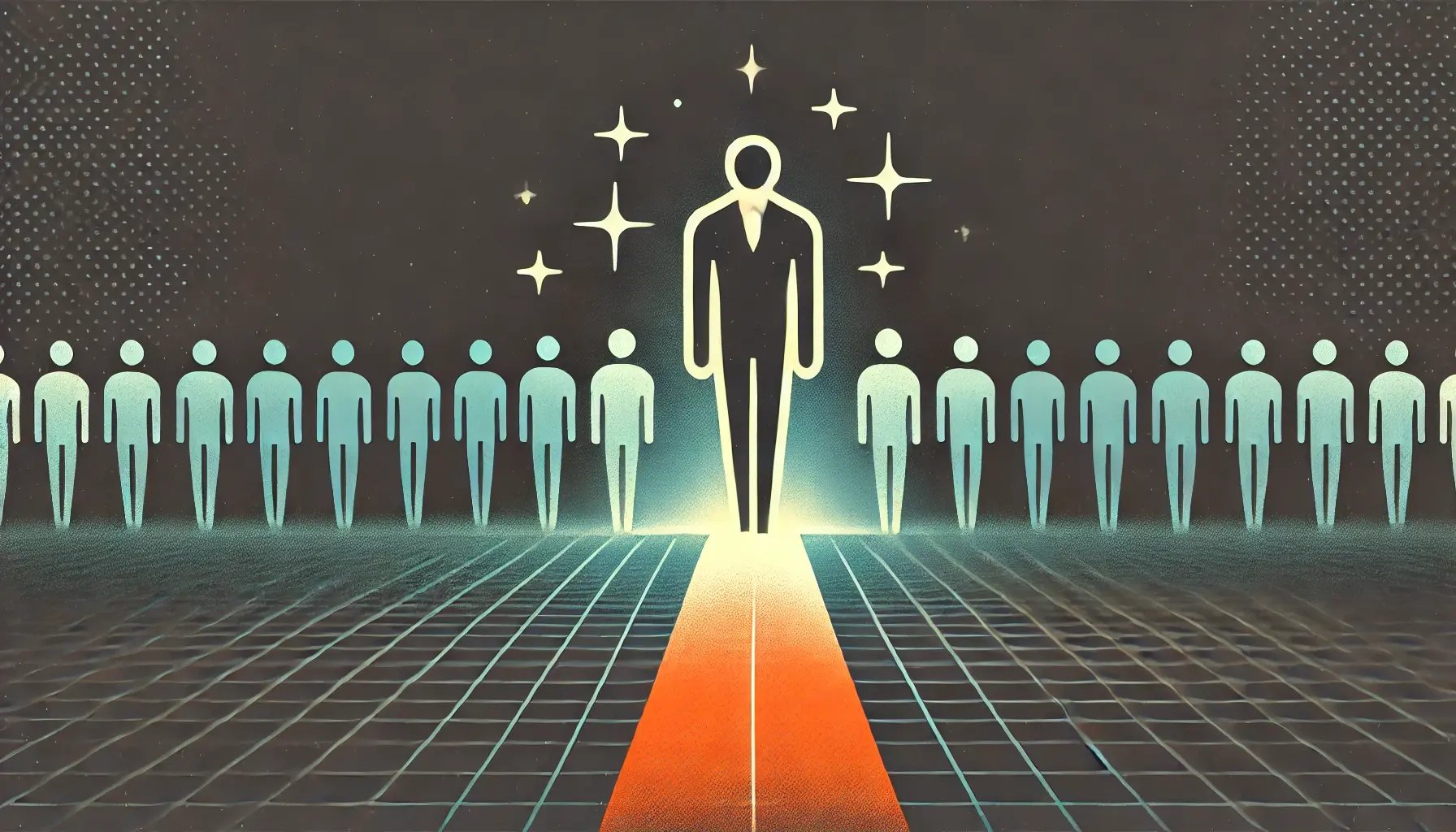All that is gold does not glitter, Not all those who wander are lost; The old that is strong does not wither, Deep roots are not reached by the frost. -J.R.R. Tolkien
My confession, up front, is that I’m not quite sure what “leadership” is. I’ve known great people, with plenty of bona fides, who made clear, confident statements about leadership; but they aren’t in agreement. It seems there are multiple schools of thought, divided by preference and context. If I were a military man, my definition would be different than if I were a teacher, different than if I were a pastor, a CEO, or a mother. All things equal, it seems reasonable to conclude that most leadership styles have similar contextual worth. There are many versions of leadership, changing face to meet the needs of the moment. We cannot successfully define it unless we can describe every face all at once. Given that unpinned nature, it makes sense to simplify the problem by first identifying what leadership is not.
Organizational structure, but more specifically the org. chart, is built on lagging factors. That is, the personnel written into an org. chart are most likely people with pre-established seniority, years of experience, social capital, those who already hold power, and a lucky few else. Hierarchy values those factors before it considers leadership ability. There are exceptions, but that seems to be our default. In fact, only 20% of 2024’s HR managers reported a strong bench of future leaders. Leadership, therefore, is a horse behind the cart. Structure precedes it, limits it, and stands afront.
If leadership is not position – if it doesn’t coincide with organizational structure, where does it originate? My immediate conclusion, and I think a socially accepted given, is that it comes from people. Industry guidance builds on that foundation to organize L&D competencies. SHRM, for example, lays down well-sourced ideas across multiple spheres (essential, global, emergent, etc.). We can also identify productive means of fostering leadership. The Center for Creative Leadership is a good example, identifying life and work experiences that build leadership capabilities. All signs point toward leadership-as-human, and I agree. It originates from complex mixes of human talent, experience, character, skill, and opportunity (i.e., access, resources, and situations that enable leadership). And if leadership is organic, then it should be discoverable in the average person.
We have been inclined to systemize our world. I am a chief culprit of this – my mind is built specifically for finding patterns and drawing connections. But that means we tend to put leadership into boxes. We have designed a few categories and lists like Harvard Business Review's 6 Common Leadership Styles, which serve to classify and demark leadership. That has the benefit of creating salience for an otherwise ambiguous capability; but then we stop learning. We at once solidify important ideas while closing the book on curiosity. I have heard this sort of thing called “inoculation” – by educating ourselves with some very basic conclusions, we stop exploring. But what kind of opportunities are we missing as a result? What unknowns might be hiding in the wilderness?
People, the source of leadership, are infinitely diverse. It’s already normal practice to recognize high-level diversity (i.e., origins, affinity groups, aspirations); but why stop there? This example from Built In lists 39 types of workplace diversity – a count that could have easily been 100 or more. If we observe the world and society, it’s easy to recognize that every person is truly unique. And if leadership is shaped by multiple influences (talent, experience, skill, and opportunity), matrixed across innumerable diversity factors, then the possible types of leadership must be exhausting.
Our normal organizational structure and our tendency to put ideas into boxes has limited the humanity and diversity of leadership. We need an altered directive – step away from the boxes, turn around, and look across the wilderness. Start wandering. Interview people about their experiences, interests, and talents. Interpret what you learn into leadership application. We might find the “gold that does not glitter” - unique forms of leadership that offer correspondingly unique advantages. Give those people an opportunity to use their unique forms of leadership. And finally, putting the horse back in front of the cart, let your organizational structure and operations follow-after leadership. Let unexpected leaders shape your organization and its culture. If we learn to find leadership in the wild, and if we put it in front of structure, organizations might look much more human.
Apr 8, 2025 4:04:23 PM

